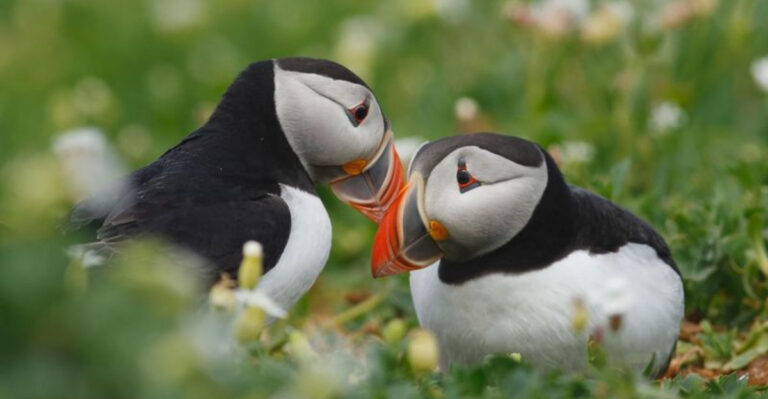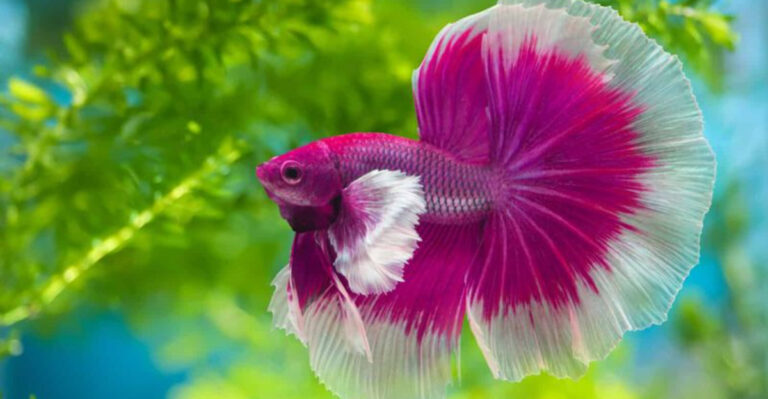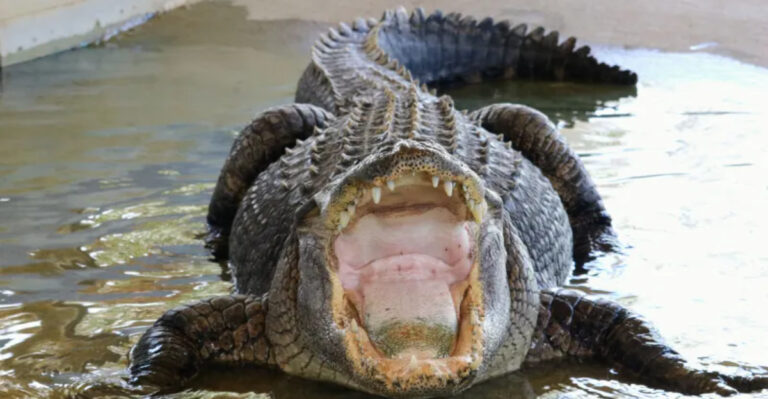15 Weird Prehistoric Beasts You Won’t Believe Existed
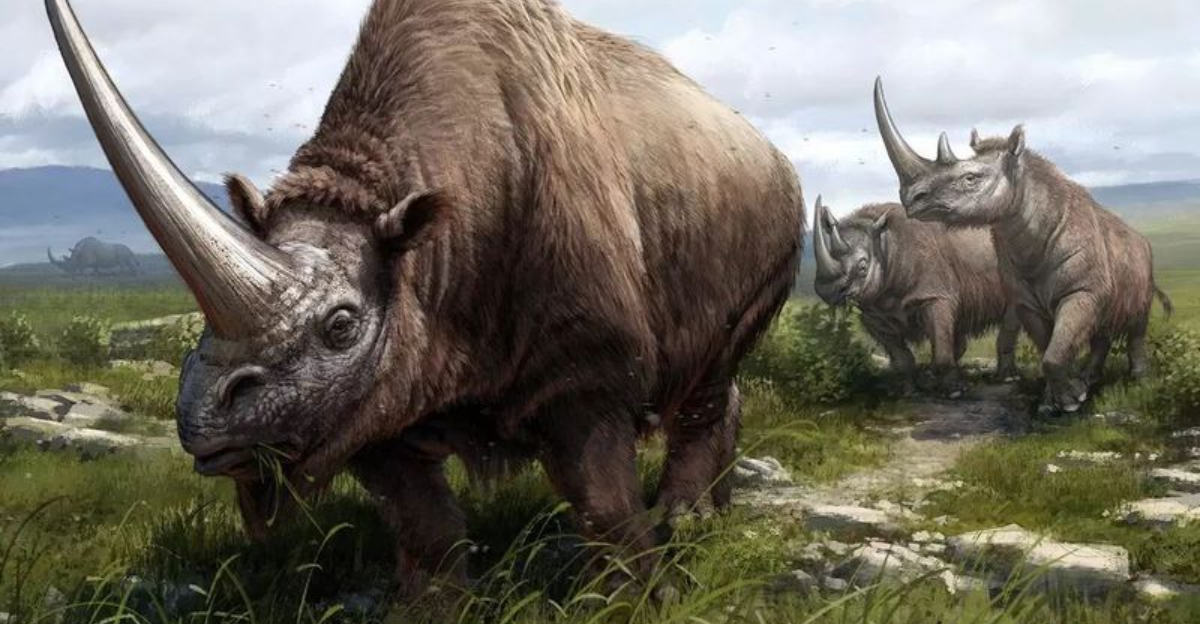
Long before humans walked the Earth, our planet was home to some truly mind-boggling creatures. These prehistoric beasts pushed the boundaries of what we think animals can look like or how they might behave.
From giant sea scorpions to walking whales, these ancient animals seem more like something from science fiction than actual history.
1. Terror Birds That Ruled South America
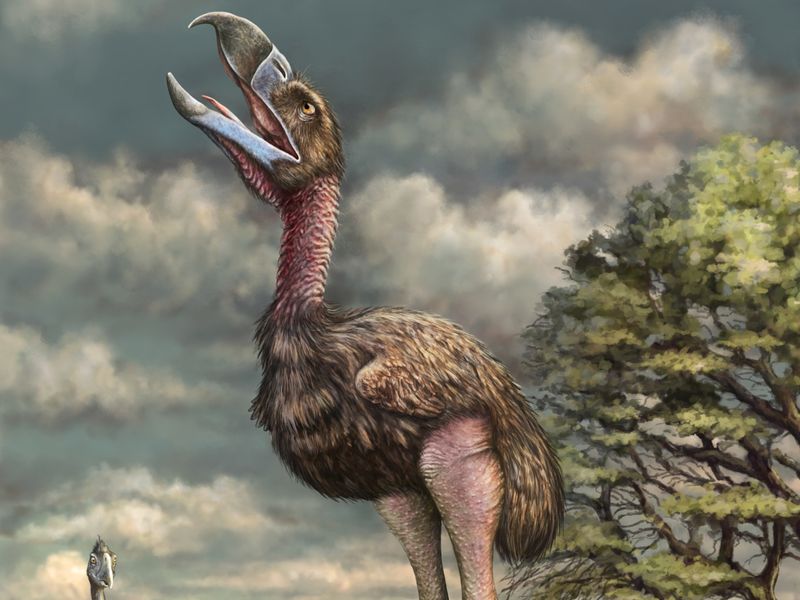
Imagine a bird taller than LeBron James with a head the size of a horse’s! Phorusrhacids couldn’t fly but didn’t need to – their massive beaks could crush skulls in one bite.
These feathered nightmares dominated South America for millions of years after dinosaurs disappeared, proving birds can be apex predators too.
2. Swimming Tank With Bone-Crushing Jaws
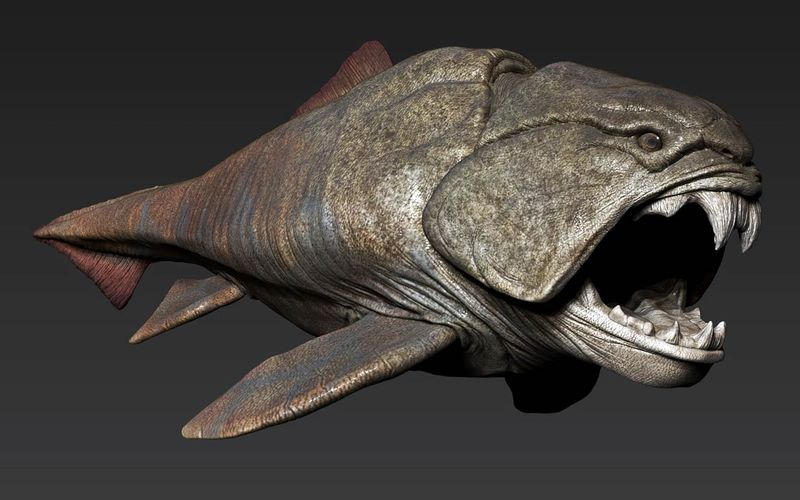
Built like an underwater tank, Dunkleosteus sported a bone armor head-shield instead of teeth. This 30-foot ocean monster used razor-sharp bone plates that could snap shut with the force of a wrecking ball.
Swimming during the Devonian period (way before dinosaurs), these fish could bite through anything unlucky enough to cross their path.
3. Car-Sized Armadillo Ancestors
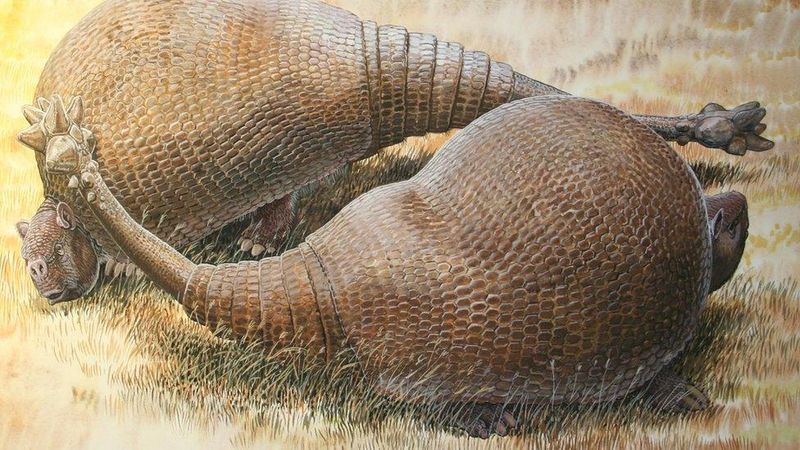
Your cute backyard armadillo has a family secret – giant relatives the size of Volkswagen Beetles! Glyptodonts roamed ancient grasslands wearing massive shell armor that even predators couldn’t crack.
Some species packed dangerous spiked tails that could swing like wrecking balls, giving these prehistoric tanks both offensive and defensive capabilities.
4. The Snake With Legs
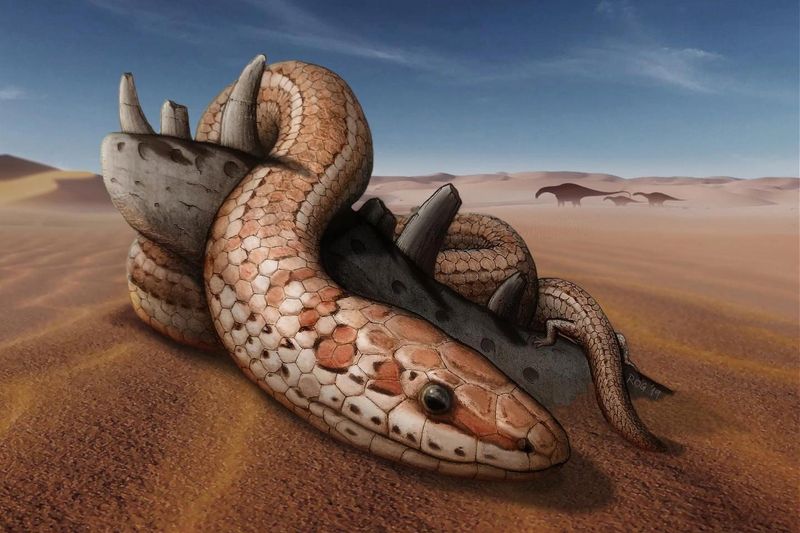
Want to make snakes even more unsettling? Add legs! Najash rionegrina slithered through ancient deserts with two functioning hind limbs – a missing link showing how snakes evolved from lizards.
Found in Argentina, these creatures give us a glimpse of that awkward evolutionary phase before snakes fully committed to the legless lifestyle we know today.
5. Giant Sea Scorpion
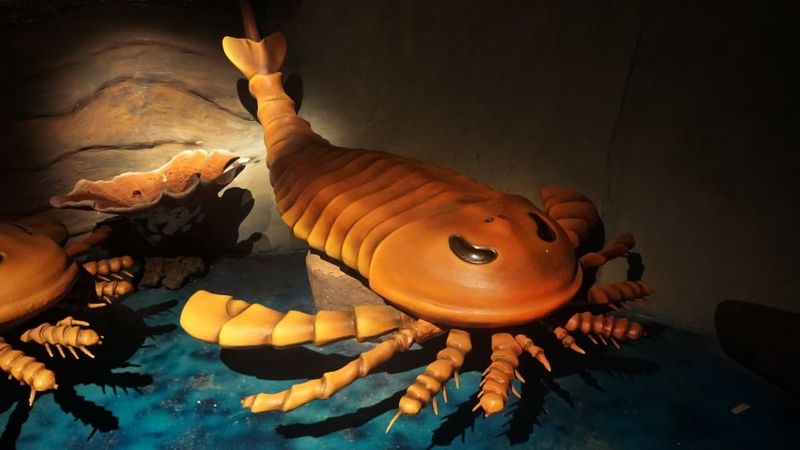
Before sharks ruled the seas, there were sea scorpions bigger than humans! Jaekelopterus rhenaniae grew over 8 feet long with massive claws that could grab anything swimming by.
Unlike modern scorpions, these monsters didn’t have stingers – they didn’t need them. Their giant serrated claws could tear prey apart while specialized limbs shoveled food into their mouths.
6. The Walking Whale
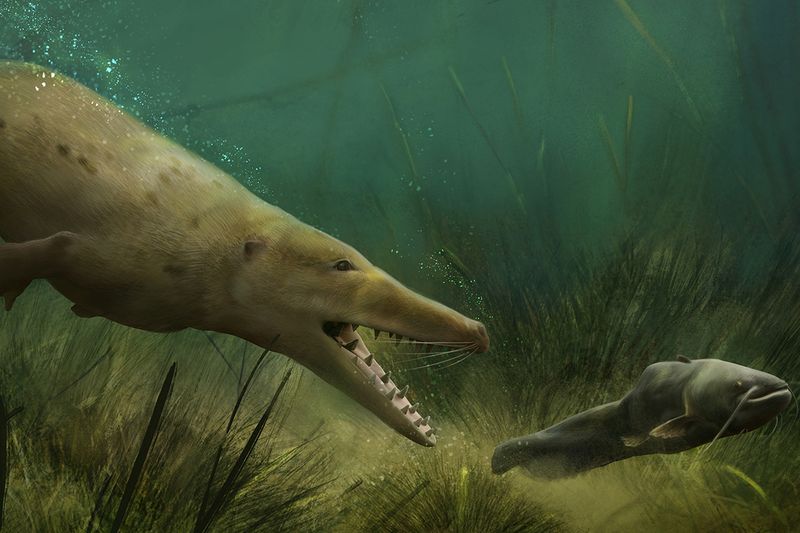
Before committing to ocean life, whales went through an awkward teen phase. Ambulocetus looked like a crocodile-wolf-whale mashup with tiny legs still capable of land movement.
Living 50 million years ago, these creatures hunted like crocodiles – ambushing prey at shorelines. Their fossilized ankle bones show the incredible journey from land-dwelling mammals to the ocean giants we know today.
7. Prehistoric Penguin Taller Than Humans
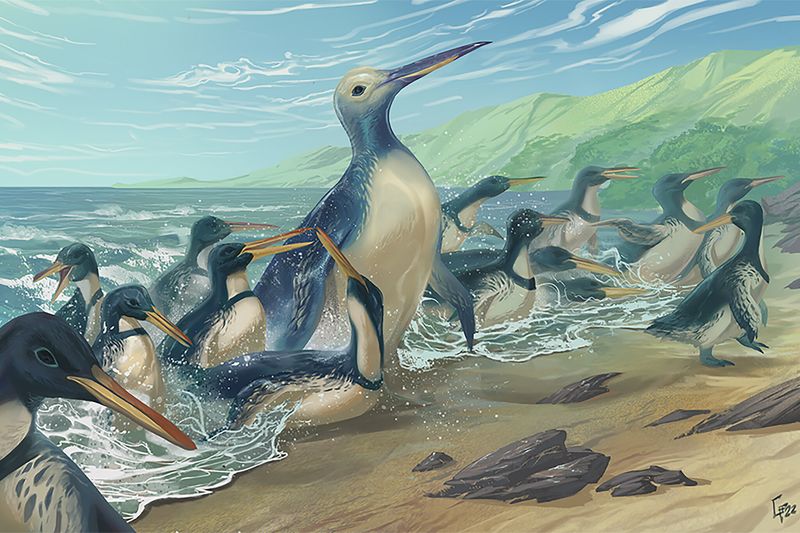
Forget cute waddling birds – ancient penguins were terrifying! Kumimanu biceae stood nearly 6 feet tall and weighed over 200 pounds, making them basketball player-sized predators.
These giants dominated Antarctic waters 60 million years ago. Unlike modern penguins with their tuxedo colors, these monsters likely sported reddish-brown feathers and spear-like beaks for hunting large fish.
8. The Saber-Toothed Marsupial
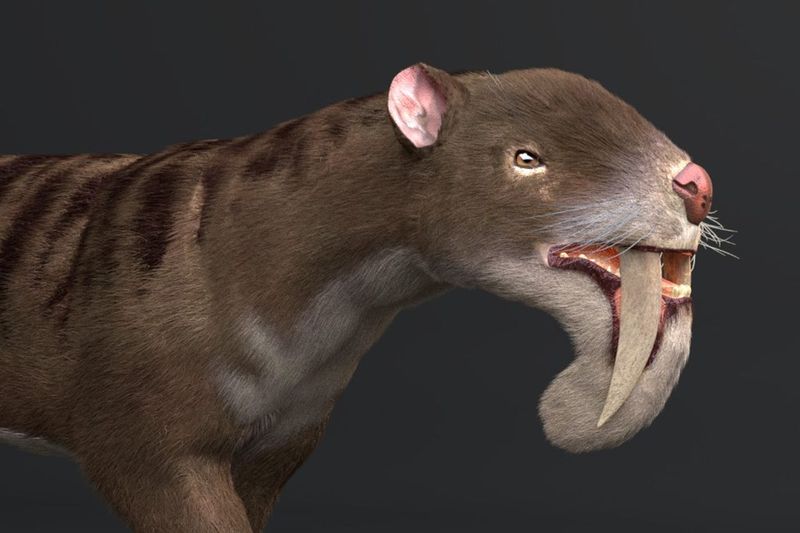
Australia’s prehistoric wildlife was next-level weird! Thylacosmilus had massive curved fangs growing from its upper jaw – so long they needed special sheaths in the lower jaw when closed.
Unlike other saber-tooths, these marsupials carried babies in pouches. Their unique jaw muscles and neck structure suggest they were among the most specialized predators ever, using their sabers differently than their more famous cat cousins.
9. The Horned Gator
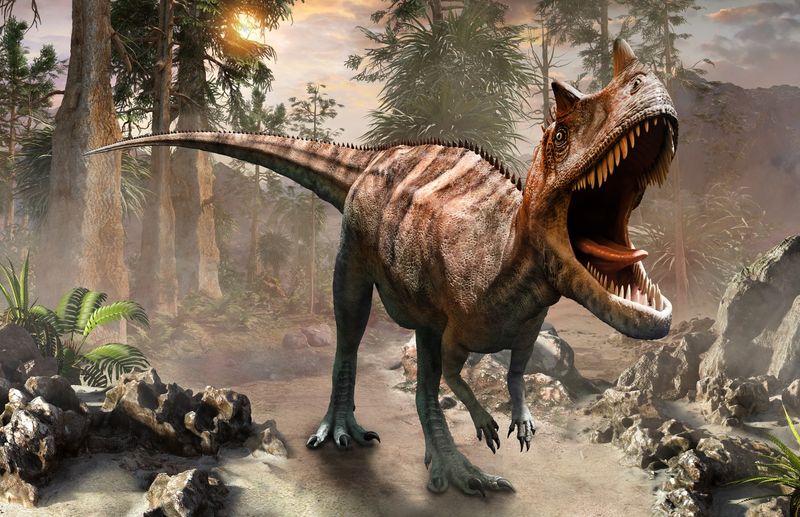
Sporting five sets of horns on its head, Ceratosaurus looked like someone attached a dragon face to an alligator body! This 17-foot predator had blade-like teeth and a distinctive nose horn.
Ceratosaurus had flexible ankles that may have made it a skilled swimmer. Those bizarre horns weren’t for fighting – they were likely flashy displays to attract mates.
10. The Helicopter-Headed Reptile
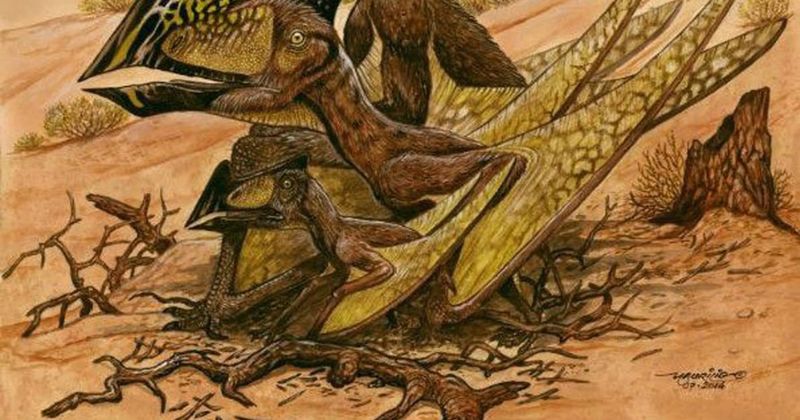
With a head crest shaped like helicopter blades, Caiuajara dobruskii wins the award for most ridiculous-looking flying reptile. These pterosaurs lived in ancient Brazil in massive colonies.
Young individuals had tiny crests that grew larger and more elaborate as they matured. Scientists believe these bizarre headpieces worked like peacock tails – the bigger and more colorful, the more attractive to potential mates.
11. The Bullet-Proof Amphibian
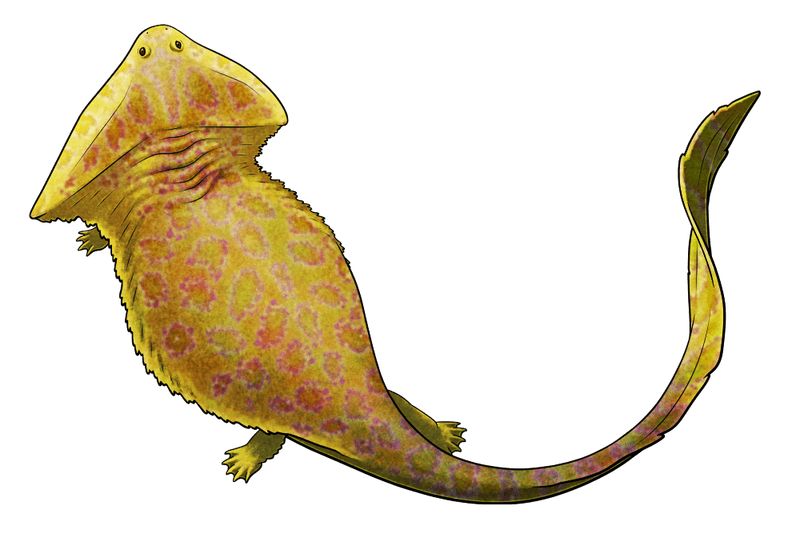
Covered in thick bony armor, Diplocaulus looked like someone attached a boomerang to a salamander’s body! Its bizarre triangular head wasn’t for protection – it acted as a hydrofoil.
When swimming, water pressure against this boomerang head created lift, keeping these creatures stable in fast currents. These strange amphibians grew up to 3 feet long and ruled waterways for over 50 million years.
12. The Shaggy Unicorn Rhino
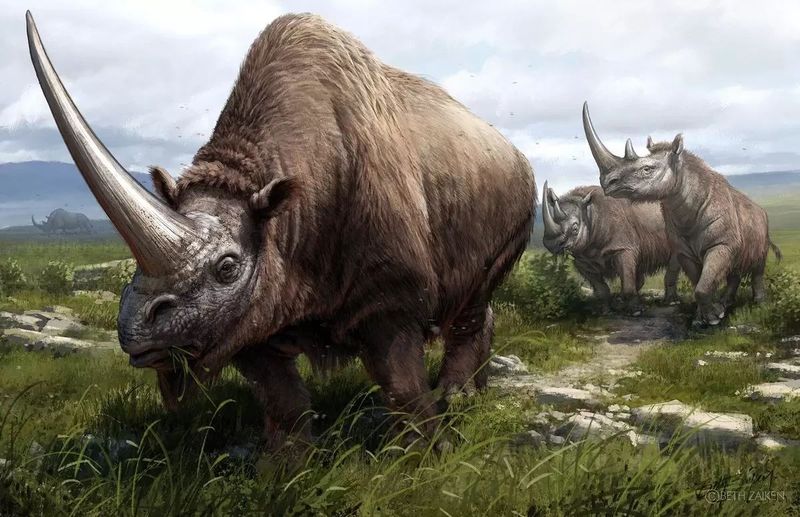
Picture a rhinoceros covered in shaggy fur with a single massive horn reaching 6 feet long! Elasmotherium looked like something straight from medieval fantasy but roamed Ice Age plains alongside early humans.
Standing taller than a basketball hoop, these giants likely inspired unicorn myths. Their enormous horn wasn’t for fighting but for sweeping away snow to reach hidden grass during harsh winters.
13. The Spiny Swimming Sloth
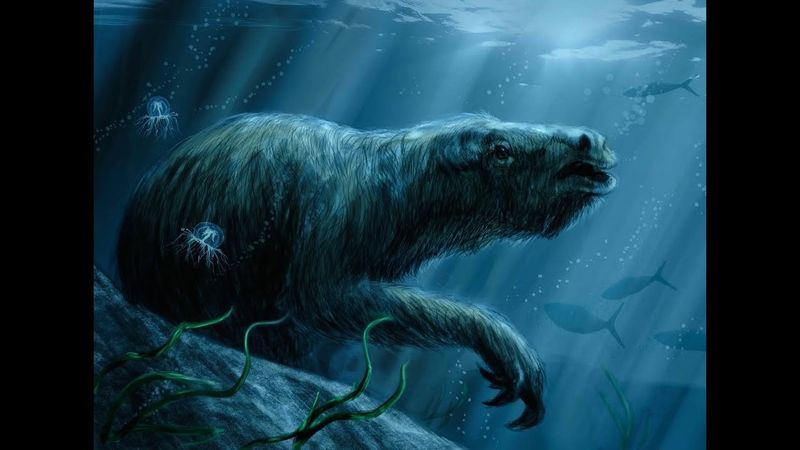
Thalassocnus wasn’t your typical slow-moving tree-climber – it was a sloth that made the ocean its home. Dense bones allowed it to dive, while specialized claws anchored it to the seafloor, perfect for grazing on underwater plants.
Ancient Peruvian coastlines became its habitat, a testament to how land-dwelling ancestors can transform into marine specialists.
14. The Pig From Nightmares
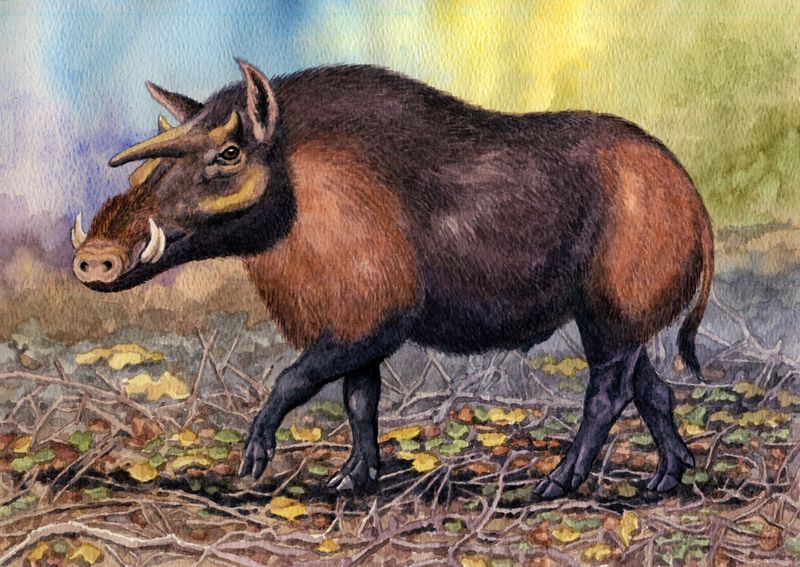
Sporting six horns and tusks pointing in every direction, Kubanochoerus looked like someone asked a child to design the scariest pig possible. The weirdest feature? A unicorn-like horn sprouting directly from its forehead!
These 500-pound beasts roamed ancient Eurasia, using their bizarre head weapons for fighting rivals and deterring predators. Think of them as the prehistoric equivalent of a Swiss Army knife with legs.
15. The Whale-Sized Salamander
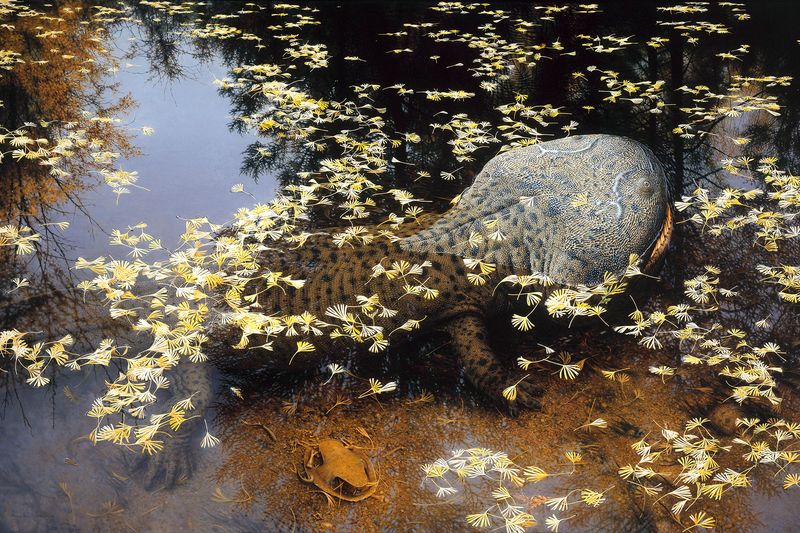
Lurking in prehistoric lakes was a salamander the size of a small car! Koolasuchus had a pancake-flat head wider than your kitchen table and rows of needle-sharp teeth.
Surviving into the dinosaur era in polar regions too cold for crocodiles, these amphibian giants ambushed prey from murky waters. A distant relative of today’s tiny salamanders, they show how dramatically animal lineages can change over time.

